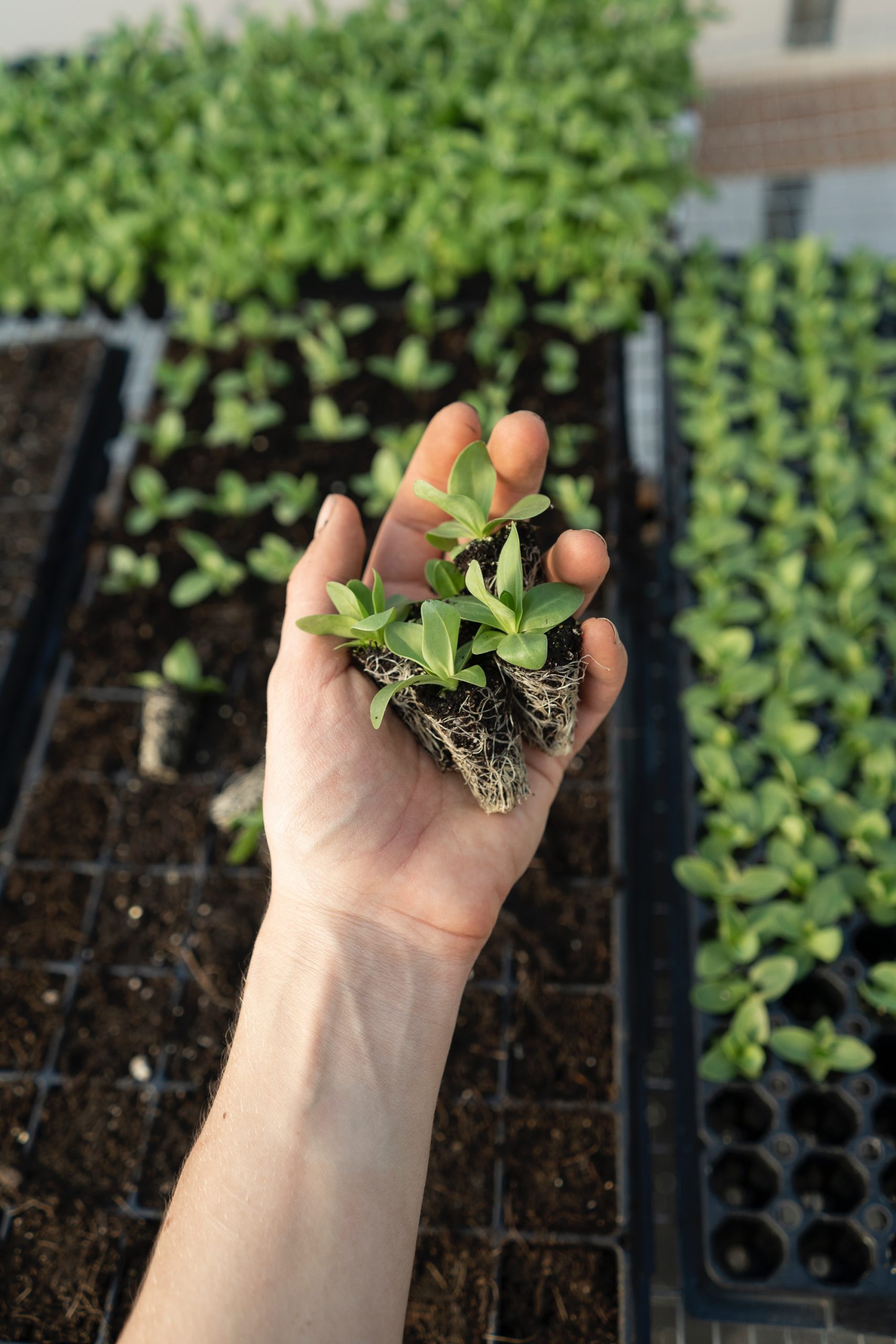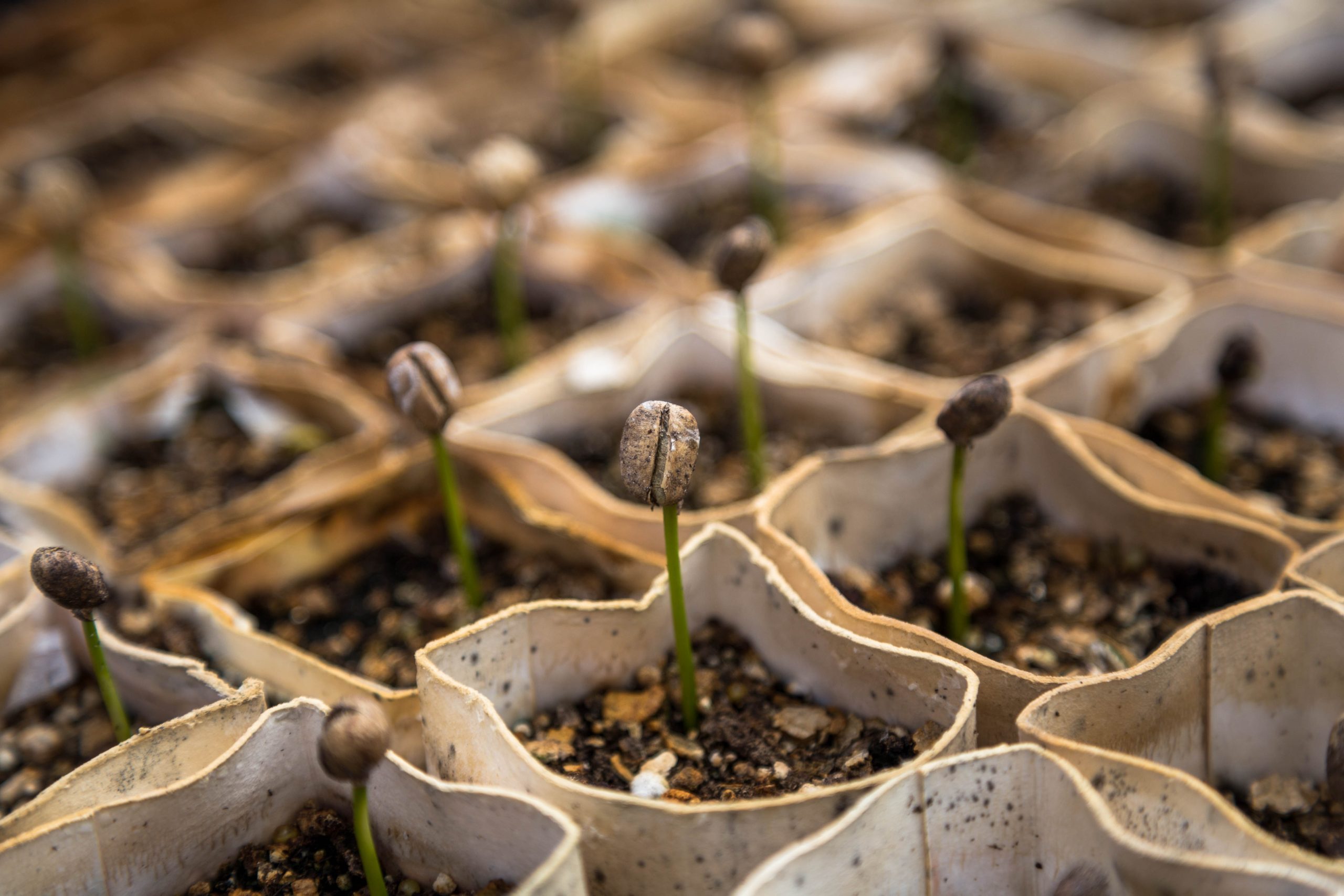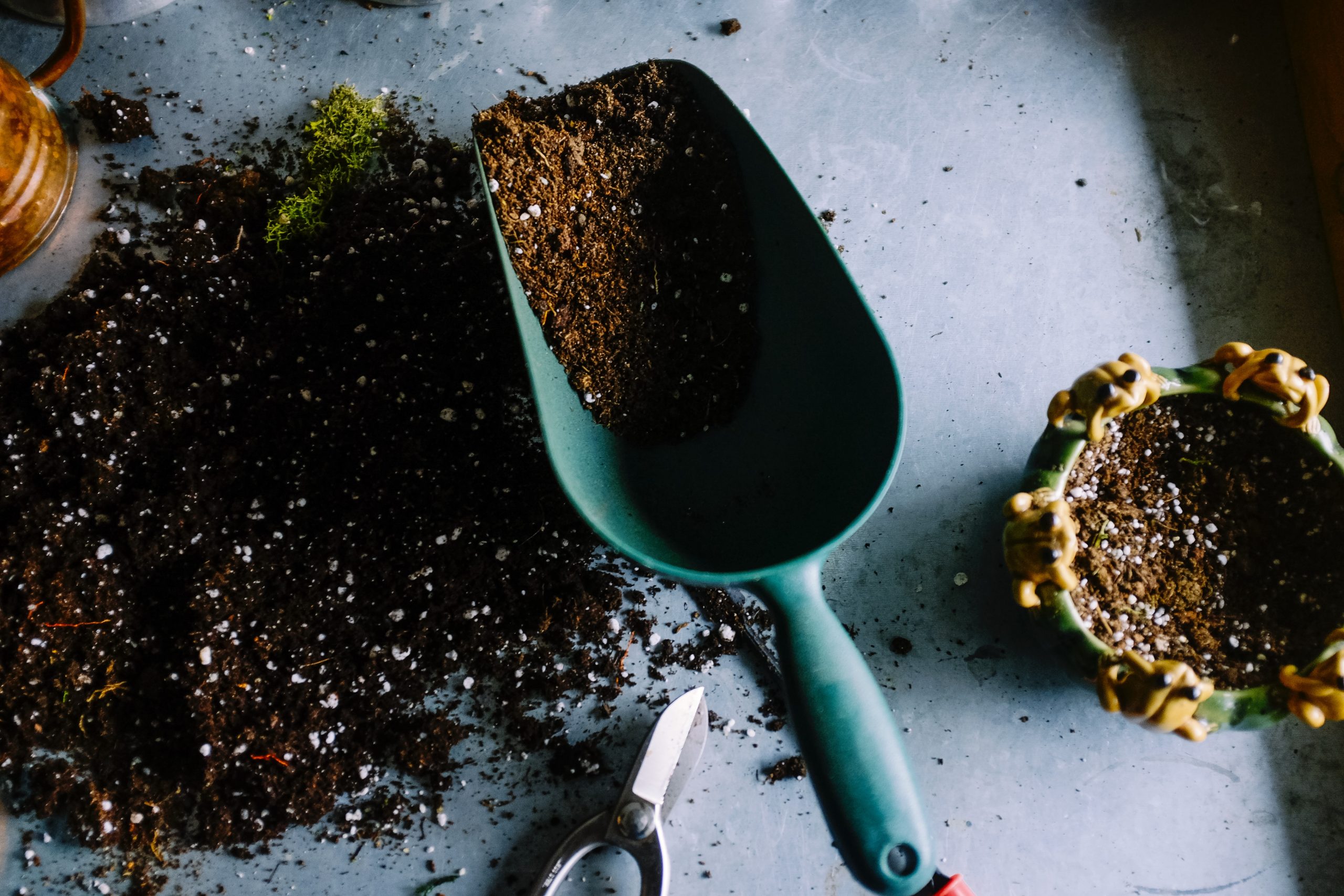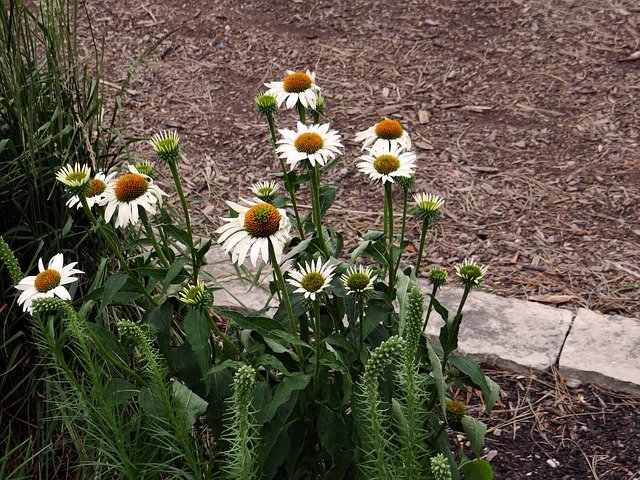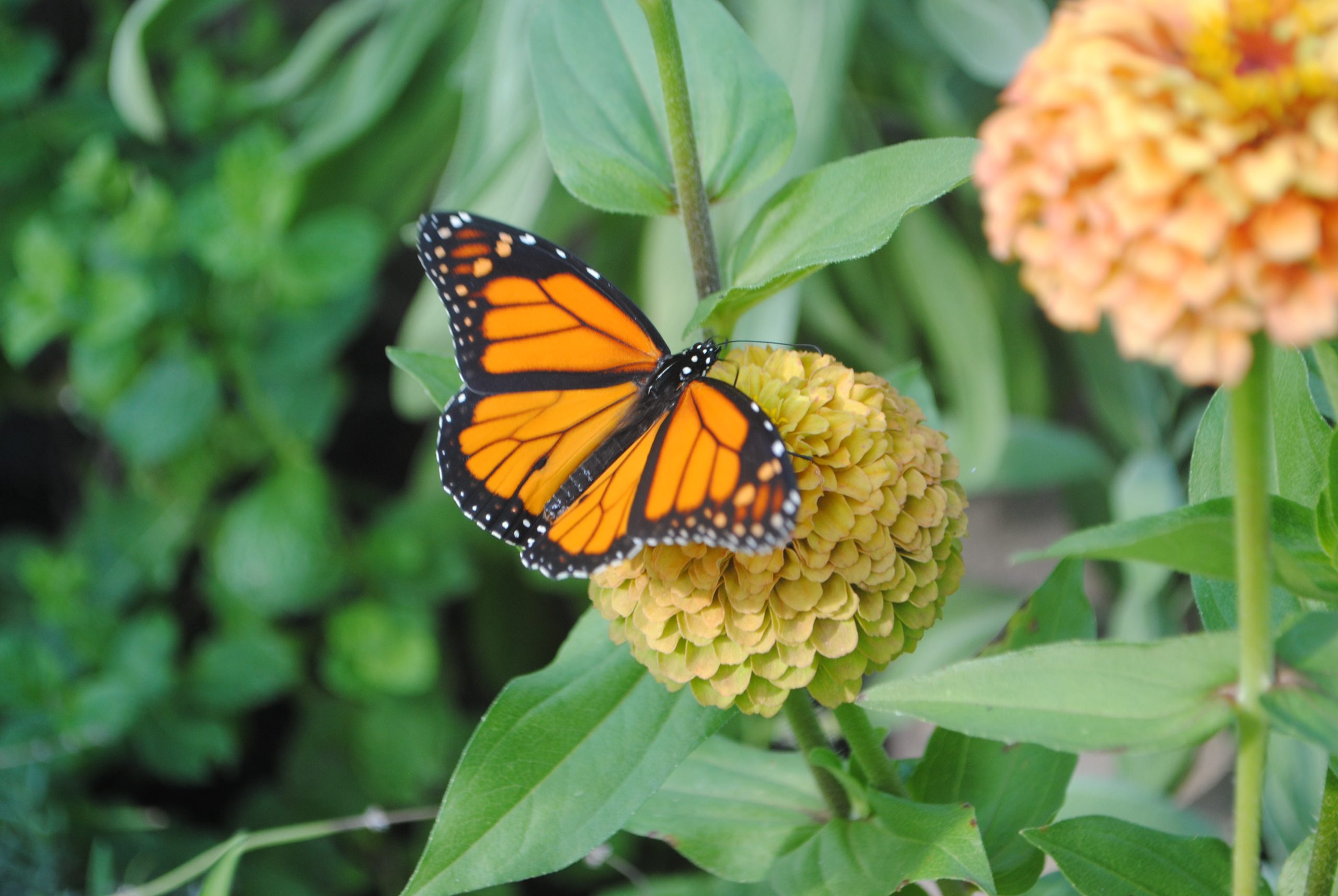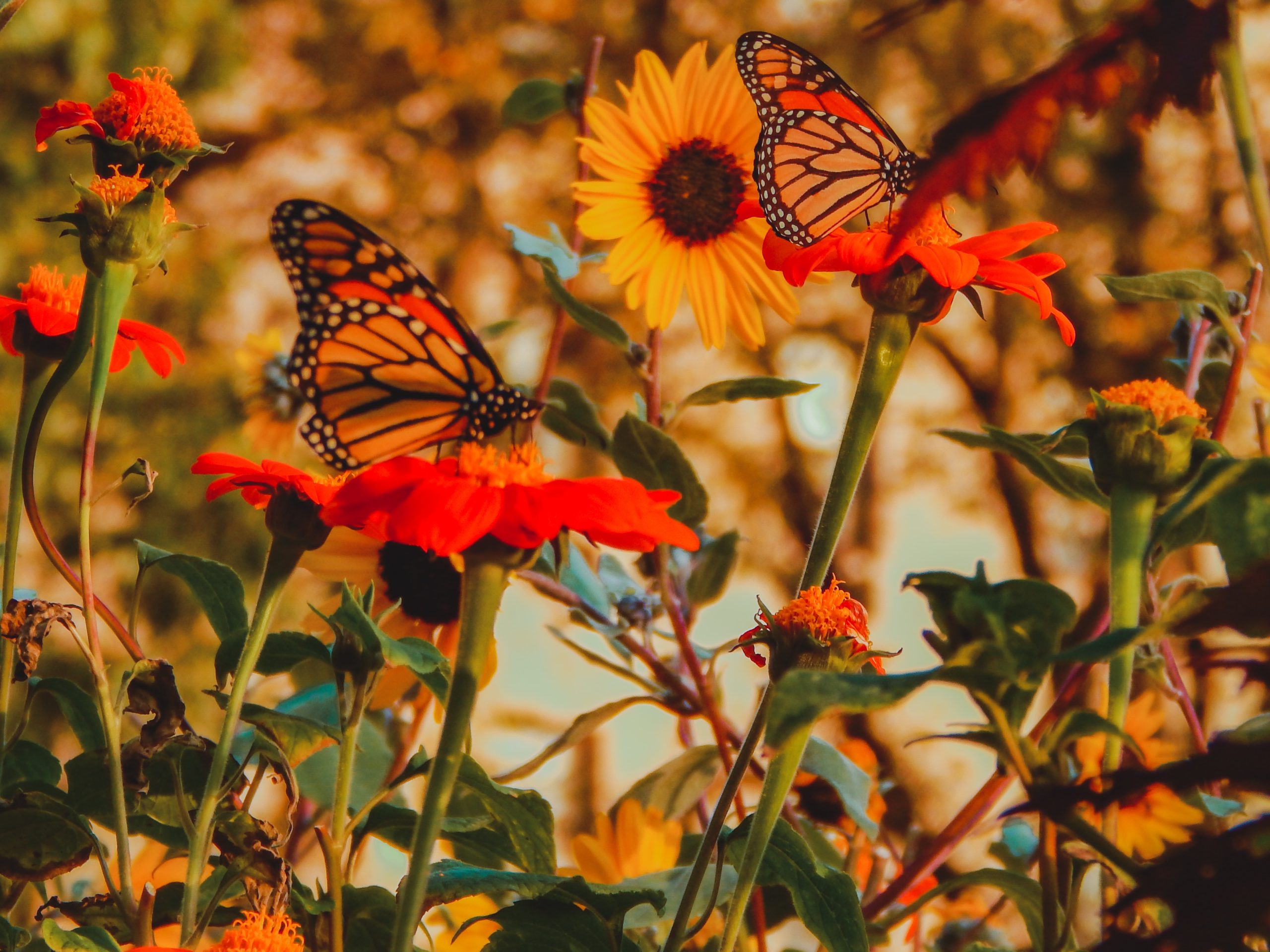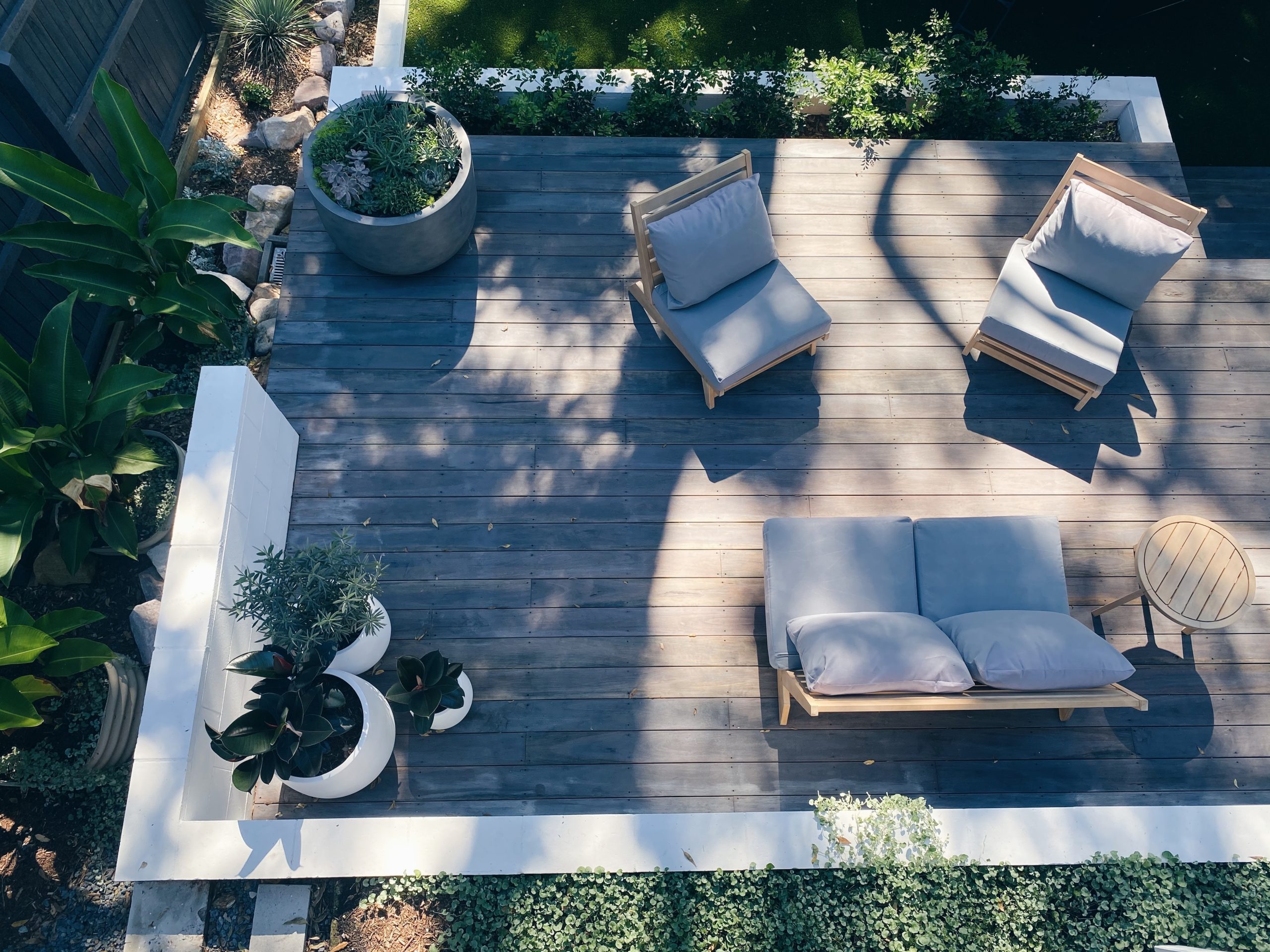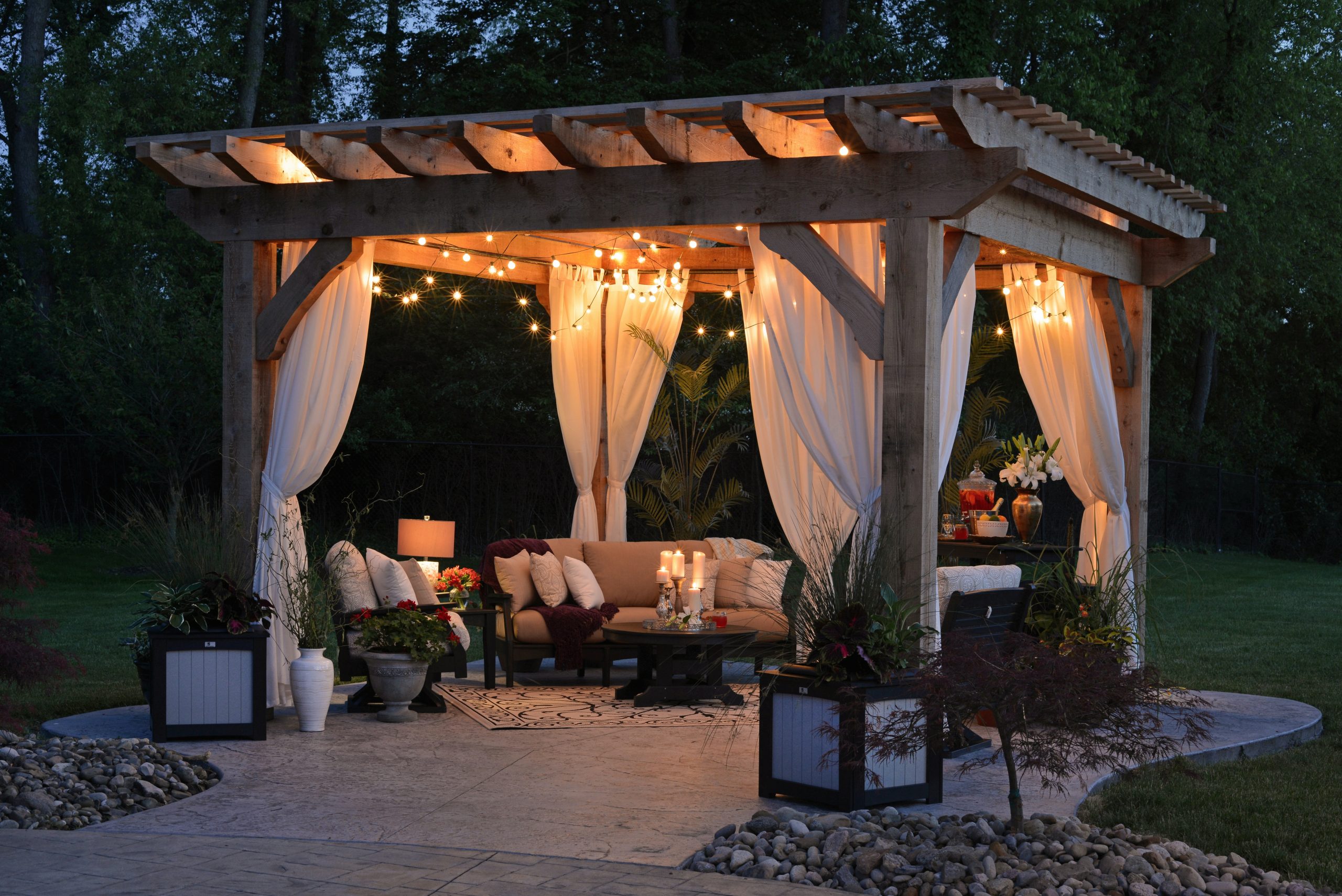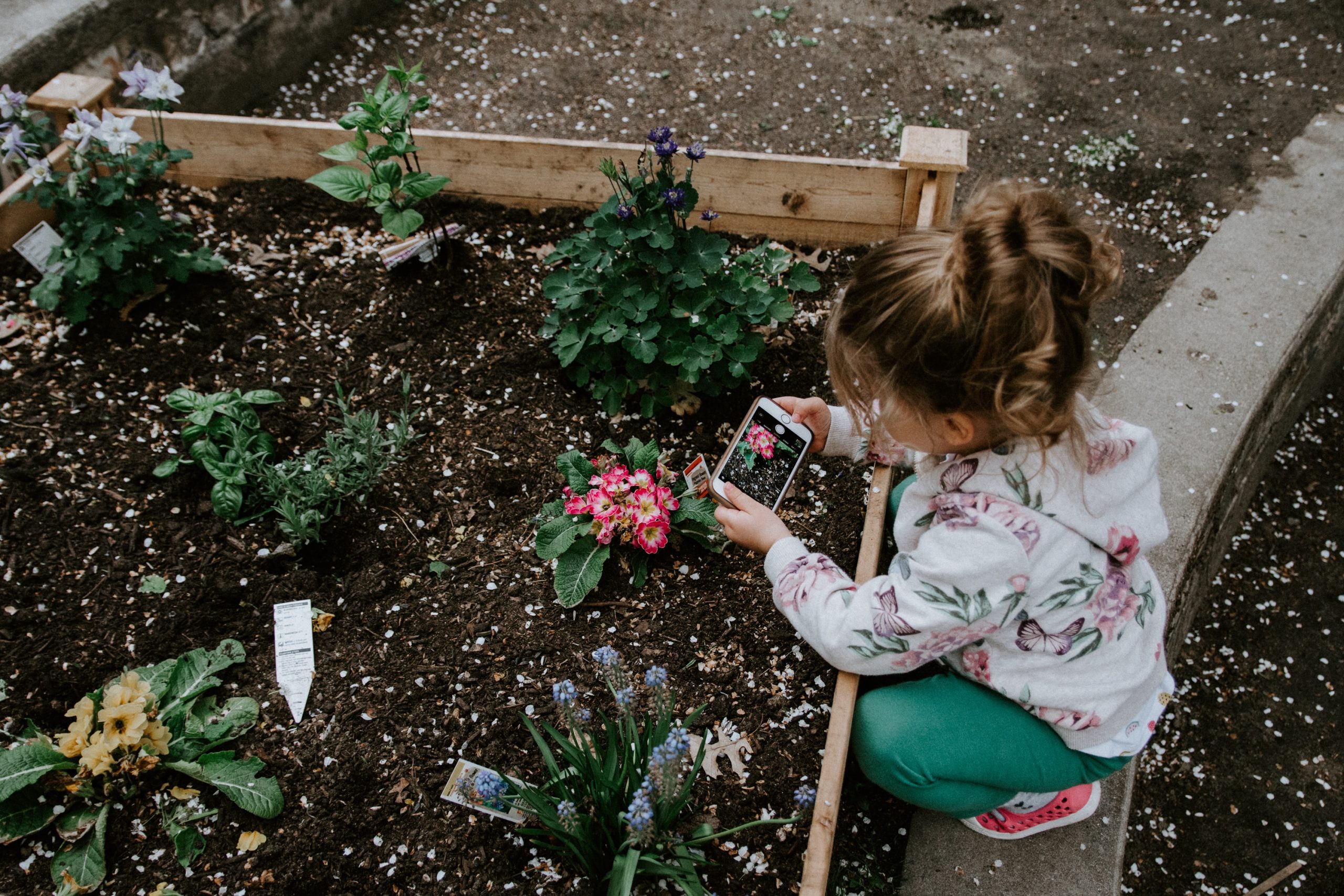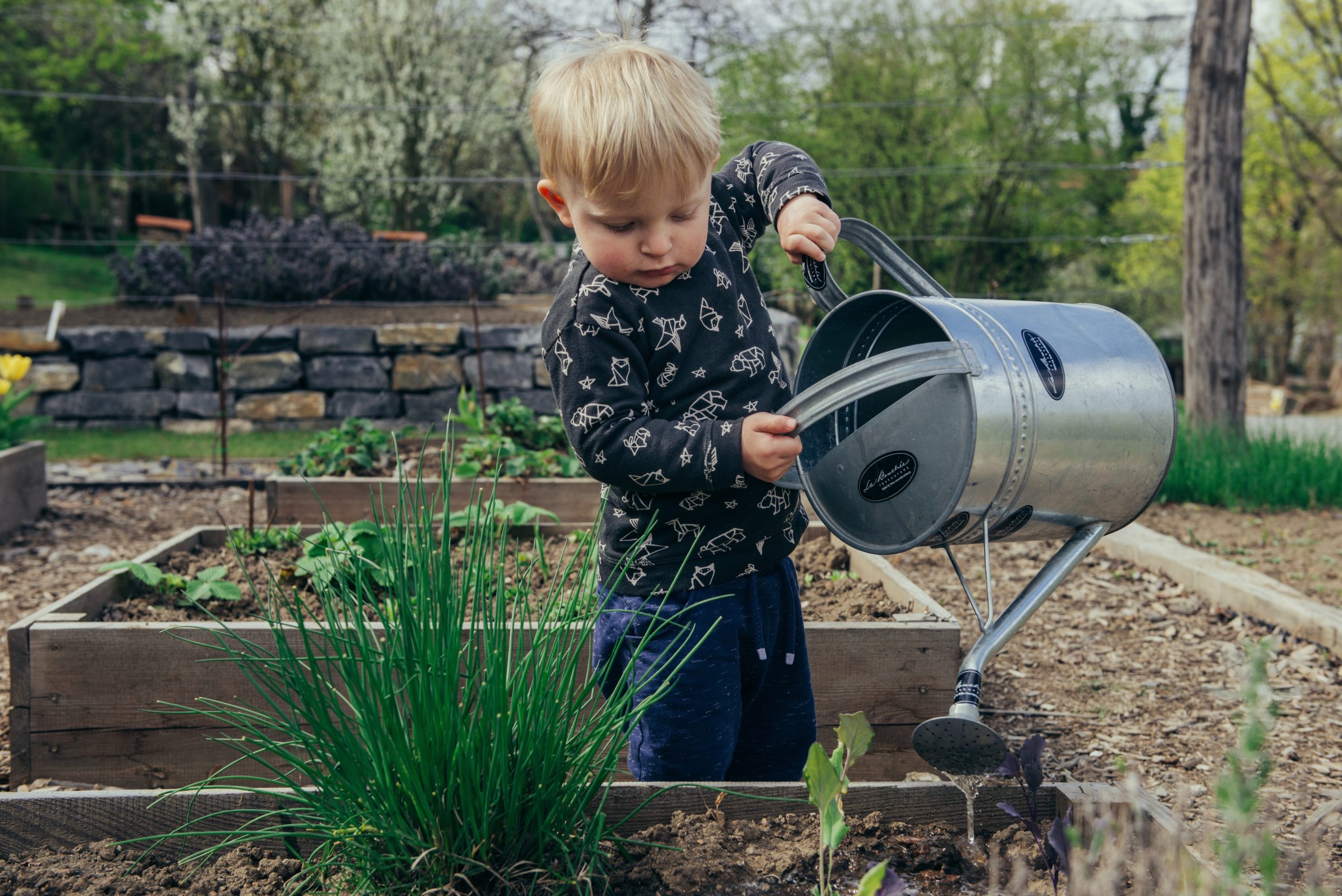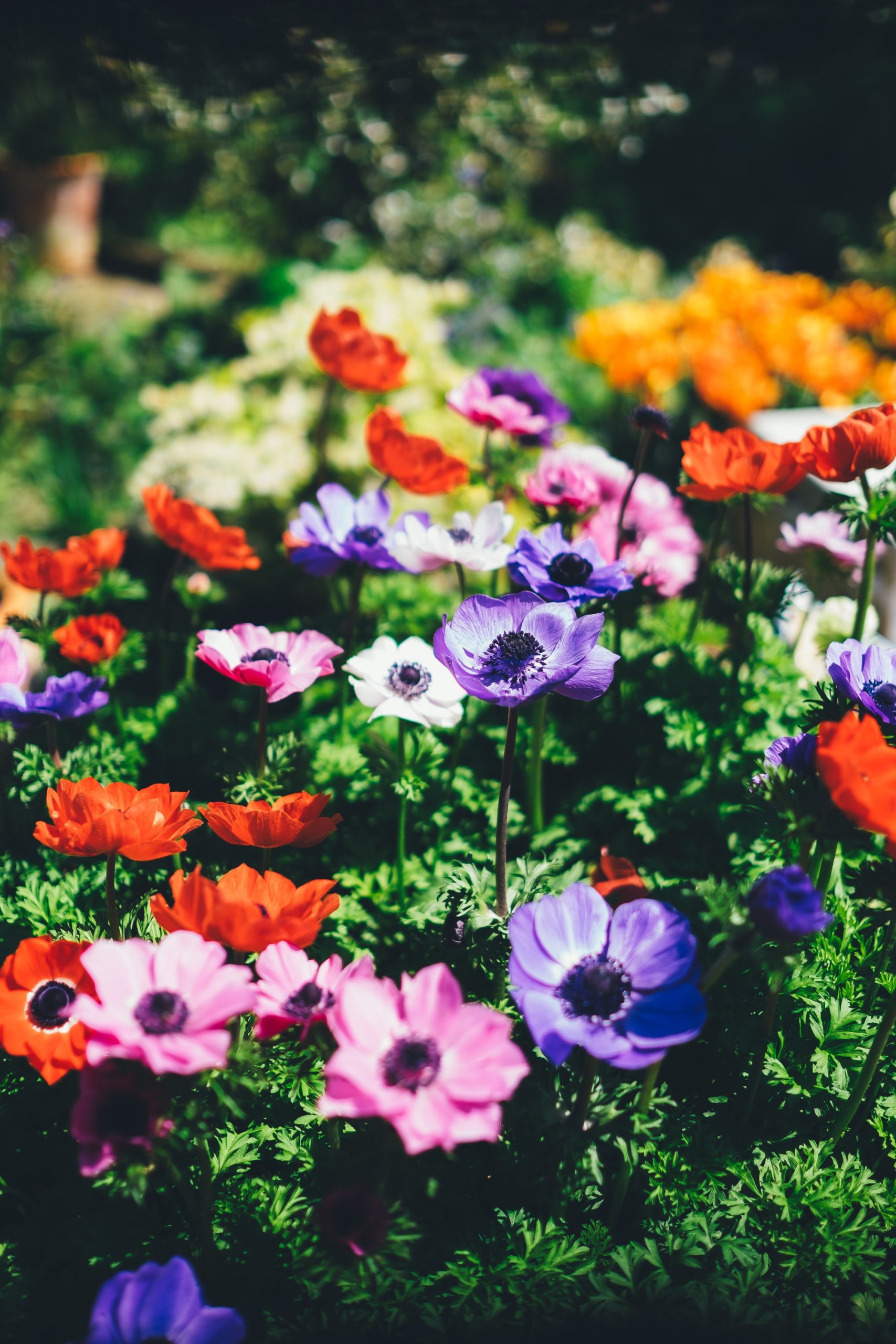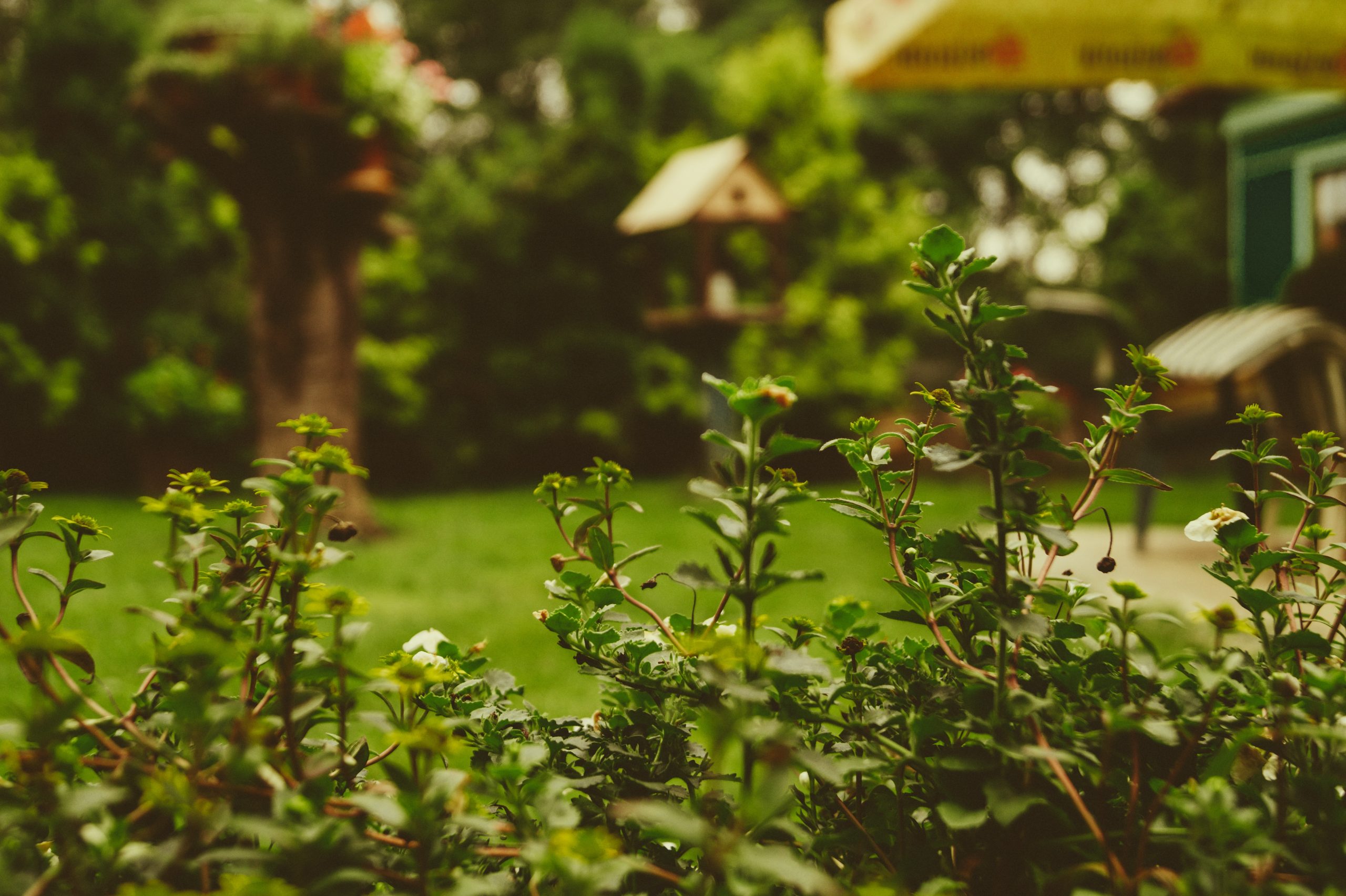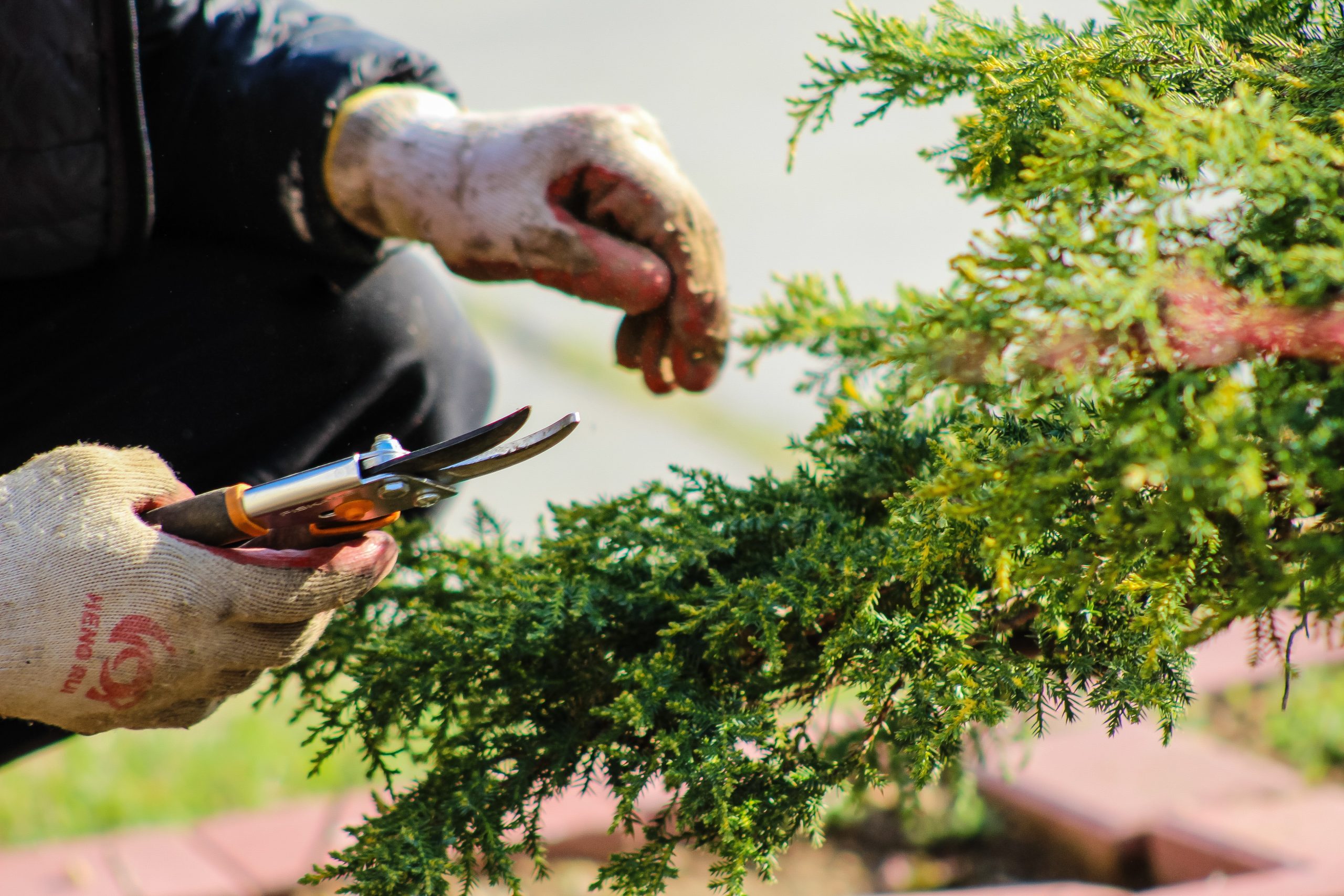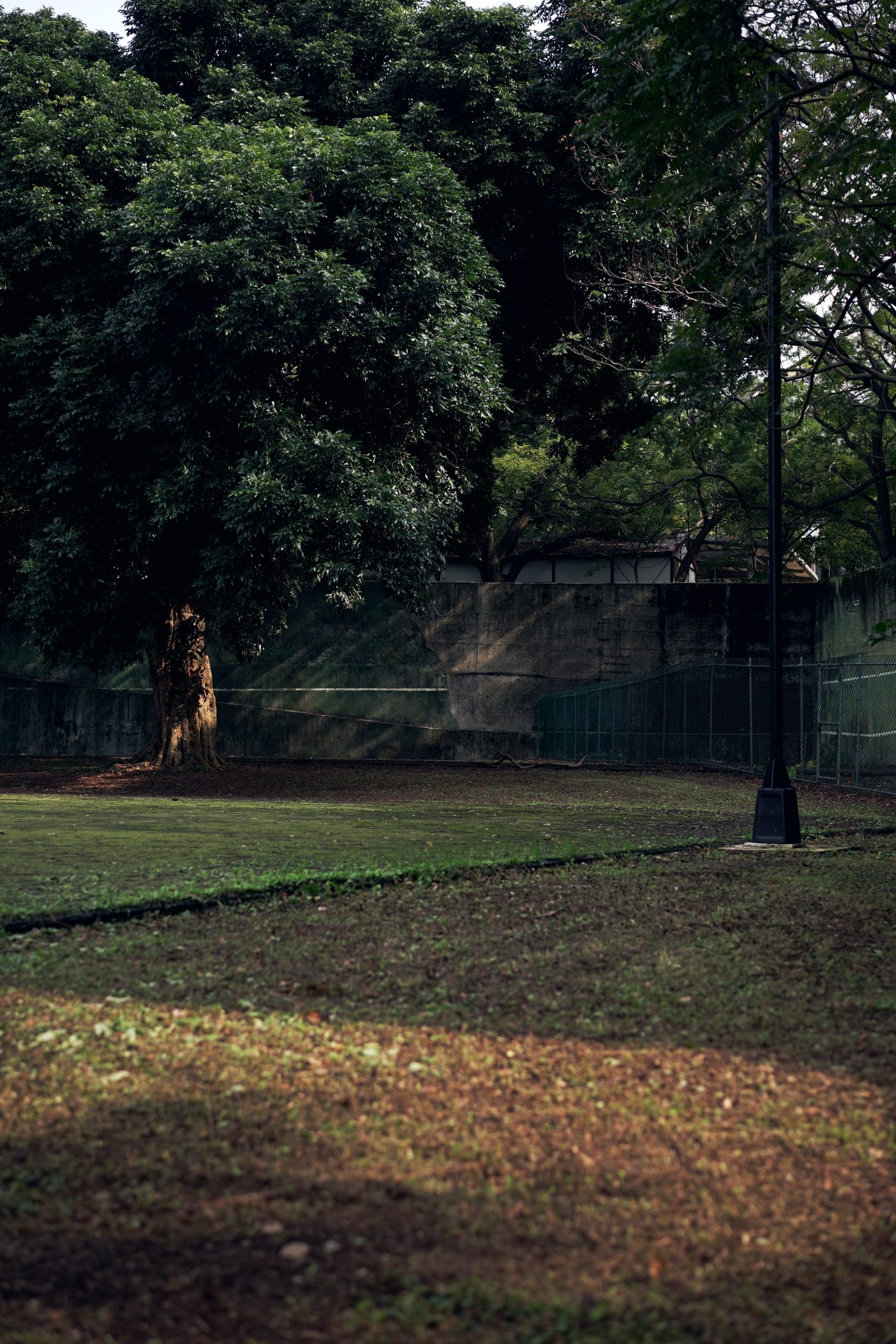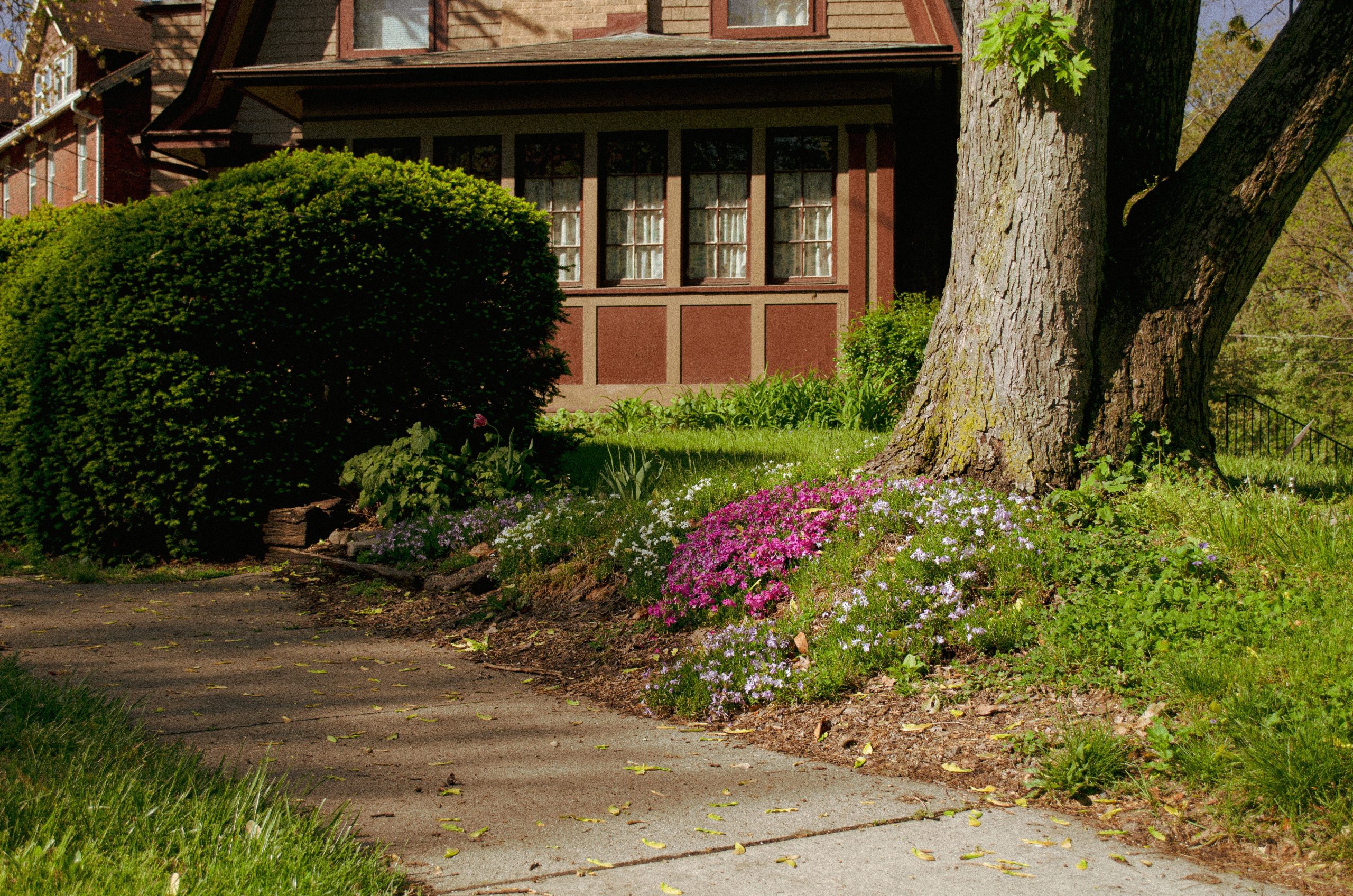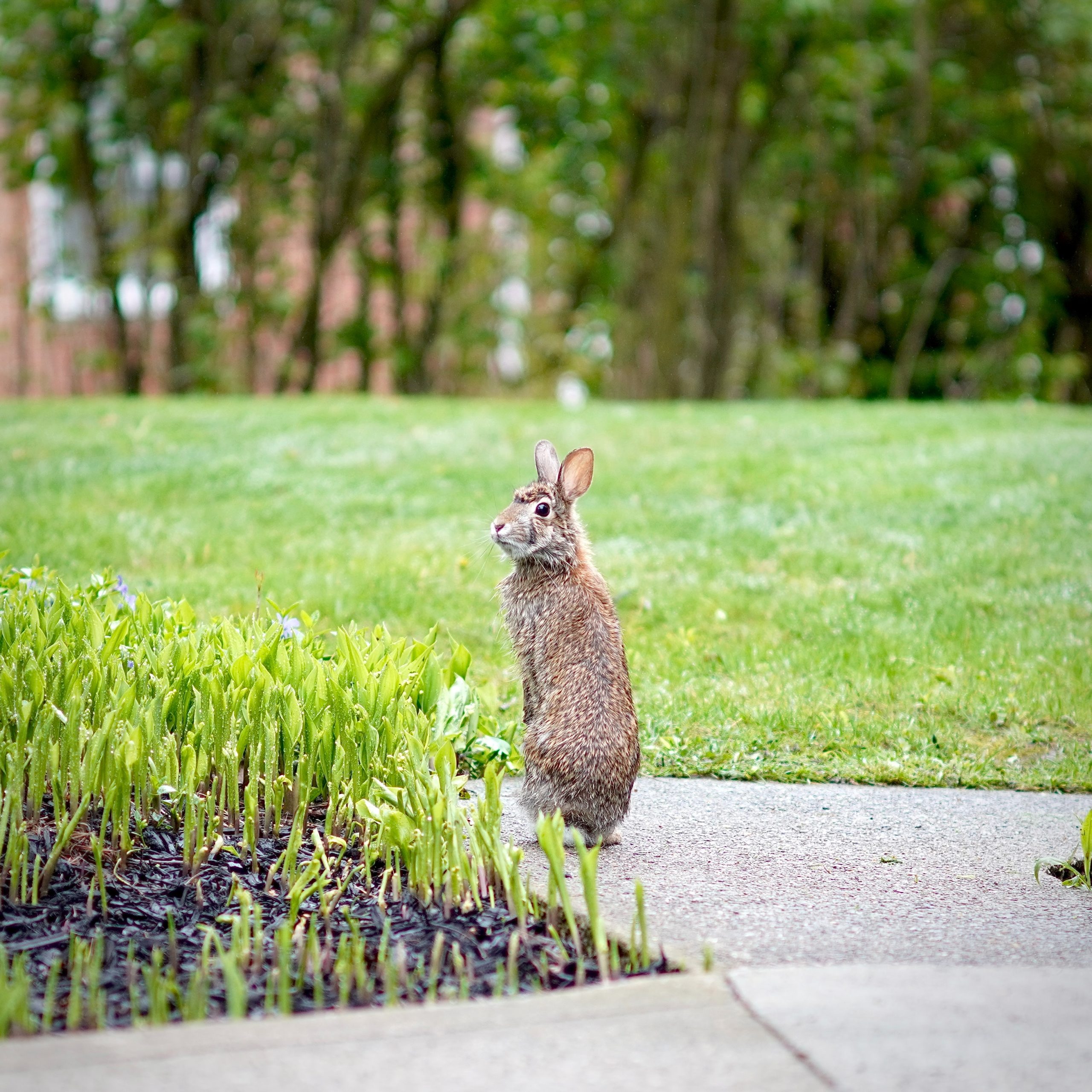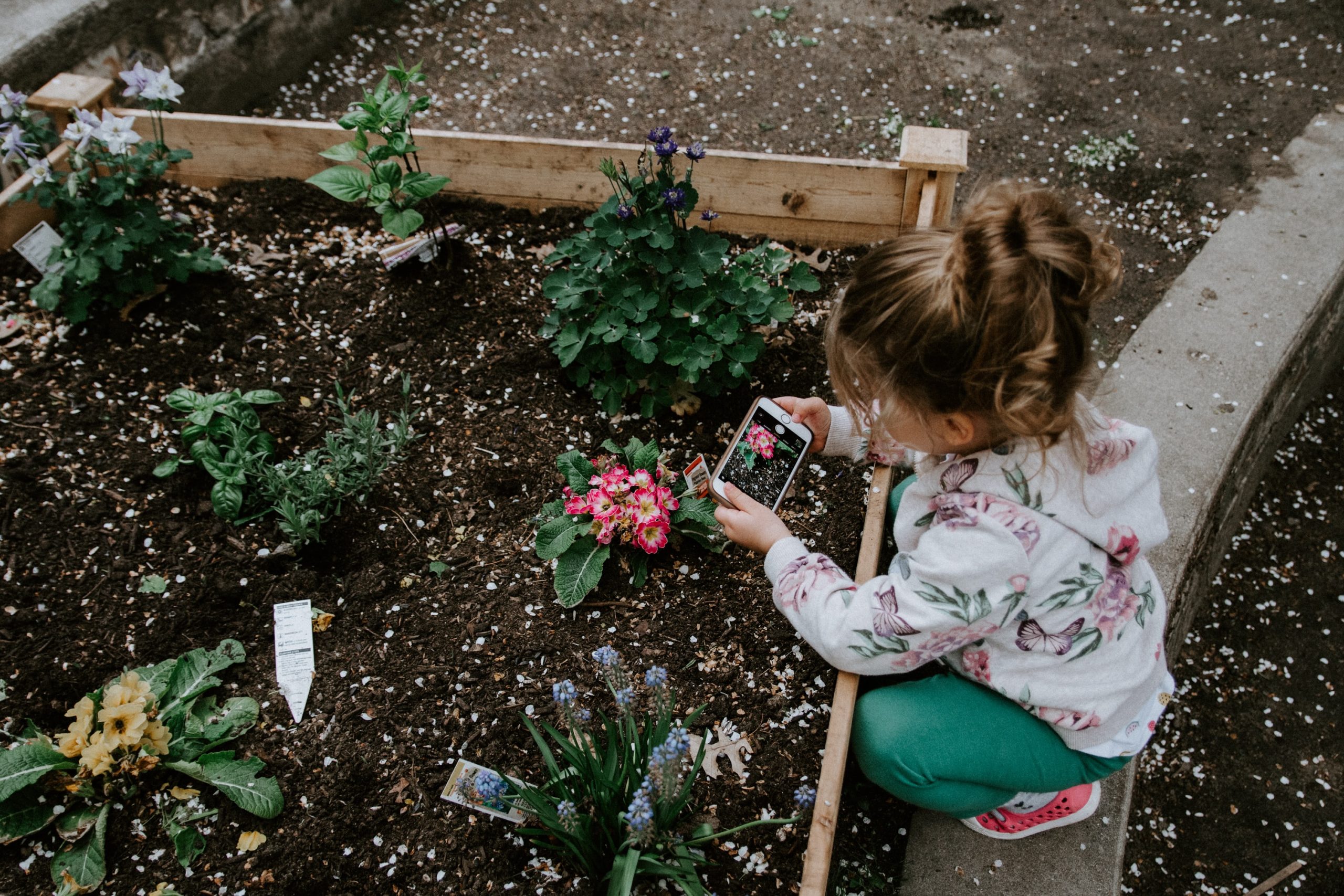Gardening is not just a hobby; it’s a therapeutic journey that allows us to connect with nature and nurture life. It can be so beautiful to watch. However, there are a few things every gardener needs to have to get started. To embark on this fulfilling adventure successfully, having the right tools is necessary!
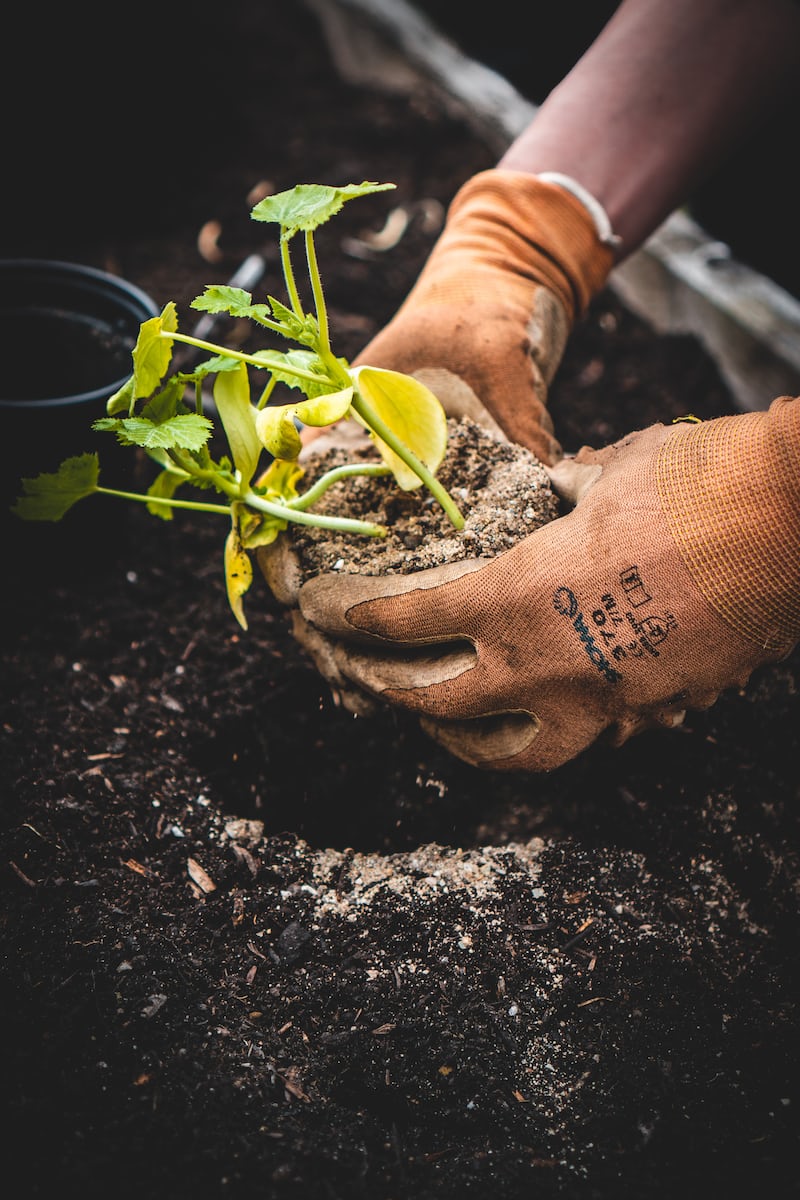
Here are ten essential tools that every gardener should consider adding to their toolkit:
- Quality Garden Gloves: Protect your hands from thorns, blisters, and harsh chemicals with a durable pair of garden gloves. Look for a snug fit that allows for flexibility and breathability.
- Hand Trowel: A hand trowel is a versatile tool for digging, planting, and weeding. Choose one with a comfortable grip and a sturdy, rust-resistant blade for long-lasting use.
- Pruning Shears: Keep your plants in top shape by investing in a pair of high-quality pruning shears. Whether you’re trimming branches or deadheading flowers, a sharp and reliable tool is essential.
- Watering Can Or Hose: Proper hydration is key to a thriving garden. Invest in a watering can for precise watering of delicate plants or a hose for more extensive garden areas. Consider a soaker hose for efficient and water-conserving irrigation.
- Garden Fork: Break up the soil, aerate, and turn the compost with a durable garden fork. Look for one with sturdy tines and a comfortable handle for ease of use.
- Wheelbarrow: Make transporting soil, mulch, and plants a breeze with a sturdy wheelbarrow. It saves time and effort, especially when dealing with larger garden projects.
- Kneeling Pad Or Garden Mat: Take care of your knees and back with a comfortable kneeling pad or garden mat. This simple addition can make a significant difference during extended gardening sessions.
- Rake: Keep your garden tidy by raking leaves, debris, and loose soil. A sturdy rake is an essential tool for maintaining a clean and well-kept outdoor space.
- Sun Hat And Sunscreen: Protect yourself from the sun’s harsh rays with a wide-brimmed hat and sunscreen. Gardening can be an all-day affair, and safeguarding your skin is crucial.
- Seedling Trays: For those who enjoy starting plants from seeds, seedling trays are indispensable. These trays provide a controlled environment for germination, giving your garden a head start.
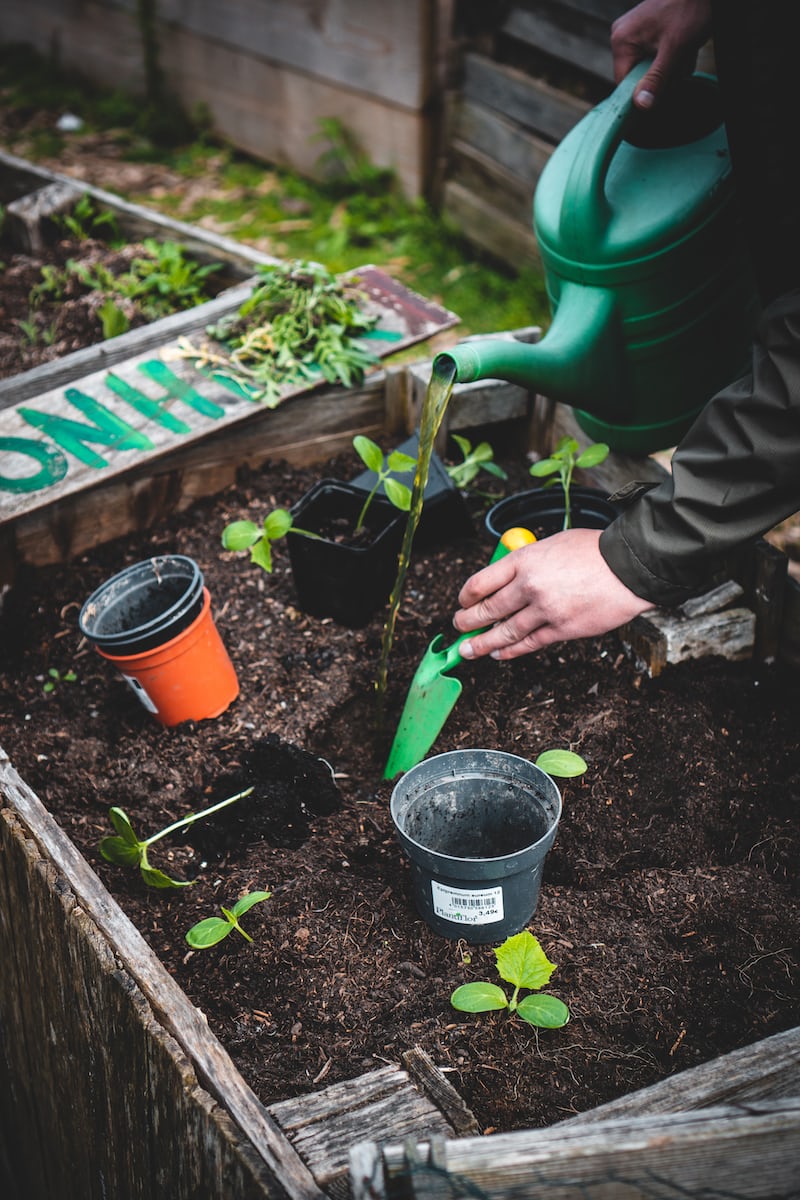
Investing in these ten essential tools will not only make your gardening experience more efficient but also contribute to the overall health and beauty of your outdoor space. So, gear up, step into your garden, and let the growing season begin!



